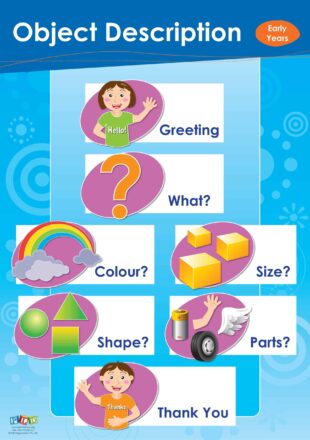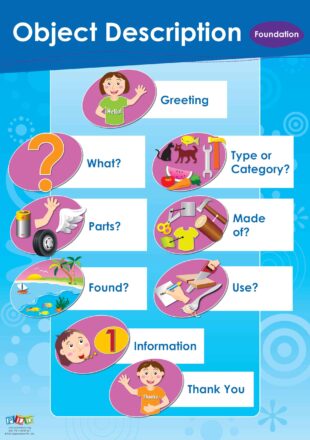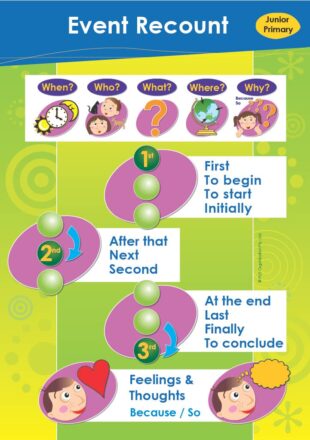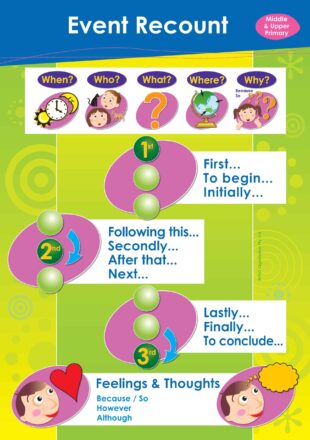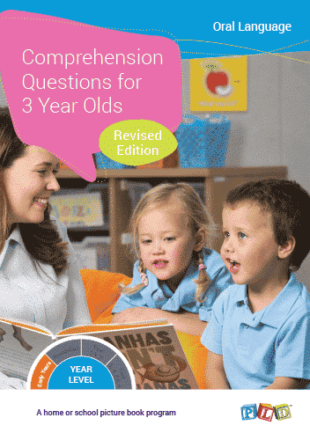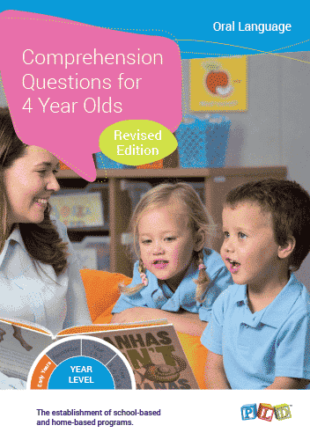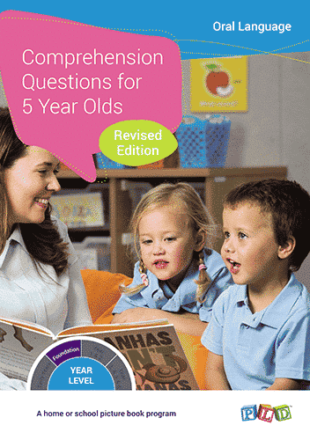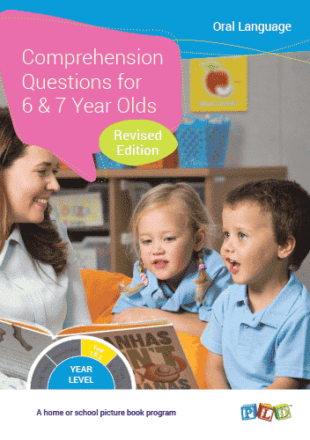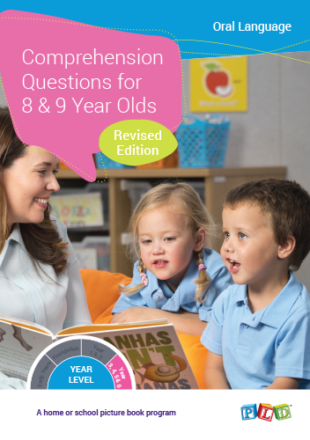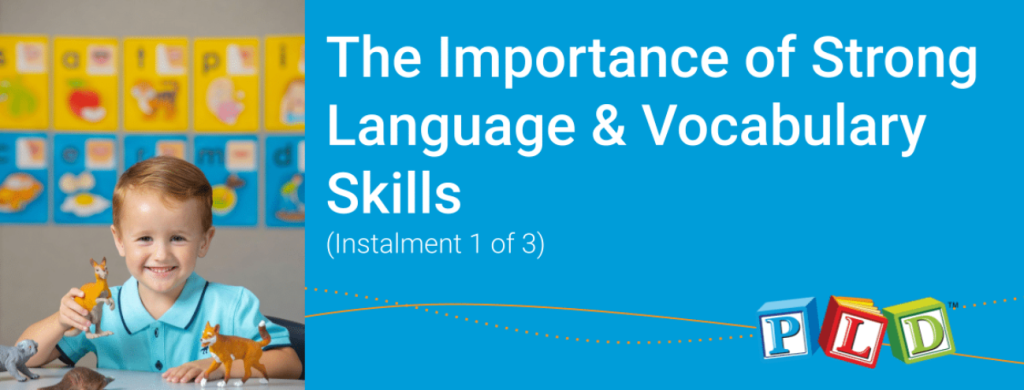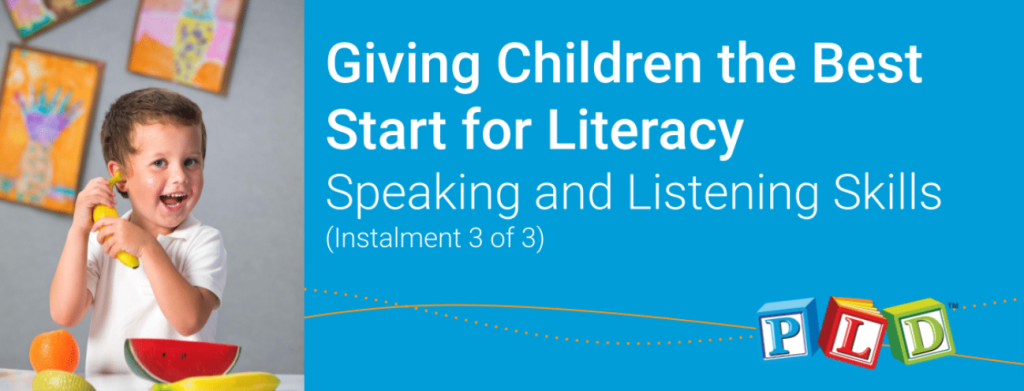Did you catch our previous post, The Importance of Strong Oral Language Skills & Language for Literacy Success? We discussed how to create a high quality oral language program to foster a high quality learning environment and the importance of improving and consolidating oral language skills between the home and school. In this three part series we will break down the components required to enable your students to become successful, confident and champion readers, so let’s jump into blog two in the series.
Why is the Systematic Teaching of Oral Language Skills so important?
It seems everyone has an opinion on children’s literacy. A recent article in The West Australian reported a concerning trend of children entering schools with low oral language skills which is having an impact on the literacy and learning levels.
So what do we do about this? The key takeaway from this particular article is that, schools need to implement systematic teaching of oral language skills.
What is PLD’s approach to systematic teaching of oral language skills?
PLD advocates that children’s literacy and learning outcomes are maximized when the areas of literacy, oral language and movement and motor skills are simultaneously targeted and the flow-on effect this has on a child’s academic achievement. This approach utilizes the disciplines of speech pathology, occupational therapy and education. Below we have provided a detailed infographic that explains how a child’s vocabulary, sentence structure, comprehension and ability to process verbal instructions and communicate thoughts and ideas are directly linked to overall academic outcomes. PLD advocates that by improving oral language a child is more likely to reach their full academic potential when the three key areas are simultaneously developed. For more information on the Key areas that maximize academic achievement download the information sheet.
So as educators what steps can we take to support our students? We believe it’s important to engage with parents and empower them with information. A student’s home life has a significant impact on their future learning, but so does what happens in the classroom. In this article, we discuss four suggestions that when implemented in your classroom will help improve the oral language skills and literacy outcomes of your students:
- Involve parents by equipping them with the necessary information
- Establish oral language programs for home
- Invest in school-based PLD oral language programs
- Implement a school-wide approach to literacy for cohesive teaching
Suggestion 1: Provide information to parents on their child’s development expectations
PLD believes most children require a combination of home and school to work in order to maximise their potential. But how do we equip parents with the necessary information to help their children? Unfortunately, a recent article in The West Australian explained that societal changes are having a significant impact on our children. Families now more than ever are living busy lives, there has been a dramatic increase in screen time and parenting styles have changed. e.g. less discussion time at the dinner table.
How can we help maximize this crucial time and encourage parents to keep reading to their children at home? Schools are in a unique position to provide quality information to the families within their community and PLD offers an extensive range of informative, downloadable milestone sheets. These resource sheets provide information on children’s development, such as understanding/listening, speaking and social skills along with tips for home and cause for concern. Available for ages three to eight and focusing on the importance of oral language development from a very young age, they are an invaluable resource for improving oral language. For parents, these guides will help them to reinforce and track the stages of their child’s development enabling them to seek intervention earlier if required.
Suggestion 2: Schools establish oral language skills home programs
Undoubtedly, children benefit when home and school work together, that goes without saying. Schools are again in an excellent position to foster this relationship through the addition of a short ‘at home’ oral language task. Here’s an example of a 5-10 minute addition to the home routine… that will help with improving oral language
Families are provided with the type of picture books that are ideal for their children, the type of age-appropriate questions and also the type of oral responses that children should be able to answer. Parents read the supplied picture book each night. Within this process, 3 or 4 comprehension questions are presented to the child at each reading. Parents are supported in helping the children answer the questions correctly and children are given opportunities to learn and respond to a range of age-appropriate questions using effective oral language skills.
Unfortunately, recent research involving 997 West Australian school-aged children, revealed that 60 percent of the children reported they were not read to at home. Parents tend to stop reading to their children once they are receiving reading books, so a process like this is something relatively easy for time-poor parents and encourages a habit of reading with children throughout the school years. Not only is this beneficial for improving oral language in children’s development, it also gives both the parent and child a set time each day to enjoy their time together.
Suggestion 3: Invest in school-based oral language programs for the purpose of improving oral language skills
High-performing schools invest heavily in Junior Primary to establish key literacy areas early in the schooling process from the very foundational levels. The link between oral language and literacy means that schools will be more likely to facilitate the literacy outcomes they seek when investing in oral language as well. This process is key to understanding why High performing schools are so successful. All of these high-performing schools are implementing explicit, systematic, synthetic phonics programs, from junior block through to upper primary. These schools maximize the read, spell and write phase in the junior blocks and provide consistent evidence-based research in their teaching. For more information on how these schools have implemented PLD oral language into their classrooms, check out this short video.
Suggestion 4: Utilizing a Whole School Literacy Plan for cohesive teaching across all year levels
So what can we take from high-performing schools to add to our classrooms for the purpose of improving oral language skills? The literacy structure of high-performing schools, in particular, establishing these programs in Junior Primary is the key to literacy success. Having a consistent, evidence-based and trackable whole-school language program allows you.
Research repeatedly tells us that prevention is your best pathway, rather than trying to remediate later. So how can PLD help?
Our Teaching Sequence Manuals provide an overview for teaching PLD Oral Language as part of your full-year program.
The implementation guides have been broken down into PLD Literacy, PLD Oral Language and PLD Movement & Motor. Then further broken down into year levels and term by term for ease of use. The fundamental ideals of PLD have been incorporated throughout.
We have answered your most common questions: What to teach? When to screen? How to cater to the range in abilities at school? Download the manuals via the links above.
Next week, we will be discussing the final component to this series, ‘Giving children the best start for literacy – speaking and listening skills’. Don’t forget to pop back and check it out.
-
Comprehension Questions for 3 Year Olds$82.50$82.50 incl. GST
-
Comprehension Questions for 4 Year Olds$82.50$82.50 incl. GST
-
Comprehension Questions for 5 Year Olds$82.50$82.50 incl. GST
-
Comprehension Questions for 6 and 7 Year Olds$82.50$82.50 incl. GST
-
Comprehension Questions for 8 and 9 Year Olds$82.50$82.50 incl. GST



 print
print


